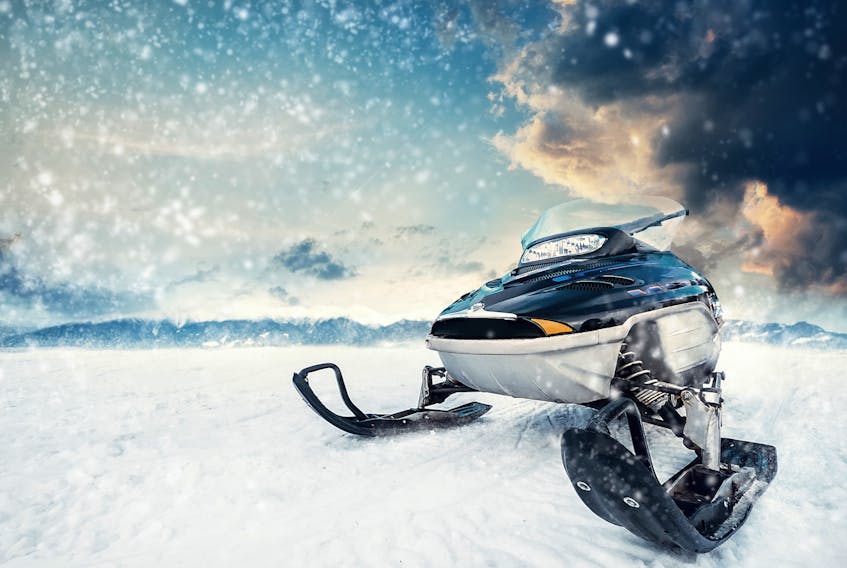ST. JOHN'S, N.L. — Three families have been struck by tragedy over the holiday season, leaving police and search and rescue volunteers to prepare for a dangerous winter on the water.
On Christmas Day, 10-year-old Joshua Wilcox of Clarenville lost his life after falling through the ice near the town.
On Dec. 29, a 36-year-old man’s body was recovered from a pond near Grand Falls-Windsor.
On Dec. 31, a 39-year-old woman was found on the sea ice about 4 1/2 kilometres away from Hopedale, Labrador.
The RCMP in Mary’s Harbour, Labrador, issued a news release on Friday after officers spotted snowmobile tracks on the ice in the community.
RCMP Cpl. Jolene Garland says there's one rule when it comes to ice.
"Even if an ice condition was checked today, it doesn't mean ice conditions will remain that way later today or tomorrow. It's something that can change, can fluctuate depending on currents in the water, temperatures overnight," she said.
"We just want people to exercise caution. If there's a way to avoid heading out onto frozen bodies of water, or what appear to be frozen bodies or water, we encourage you to do that. If you must, then you really should be measuring to be sure it's safe to do so."
Generally speaking, ice should be 10 centimetres thick for a person to walk on it, 12 centimetres thick for a snowmobile to go onto it and at least 30 centimetres thick for larger vehicles to be on it. That said, ice conditions can change quickly, so safety is never assured.
Paul French is a member of the Rovers Search and Rescue Team, based in Paradise. There are about 2,500 volunteer search and rescue members in the province.
French says the demands on those who dedicate themselves to saving lives are immeasurable.
“It’s hard enough for an individual, once they fall through, to get back up on the ice. A rescuer goes through that a number of times sometimes when they’re trying to rescue someone. That can be very physically demanding on an individual. Physically, first and foremost, it’s a daunting task,” French said.
“Mentally, I think that’s more the after-effect. Whether it’s thinking what could have been done differently, if you only knew sooner what could you have done … it’s difficult. Especially for volunteers. You wouldn’t be doing it if it wasn’t near and dear to your heart, so obviously it pulls on the heartstrings when that stuff happens.”
French says the work is challenging, but when someone makes it home safely, it makes it worthwhile.
“We’re all pretty humble in what we do. The thanks we get is in the smile on the family’s faces when you bring somebody home or you reach somebody on the ice, you make that rescue,” he said.
“That’s all the thanks we need.”









